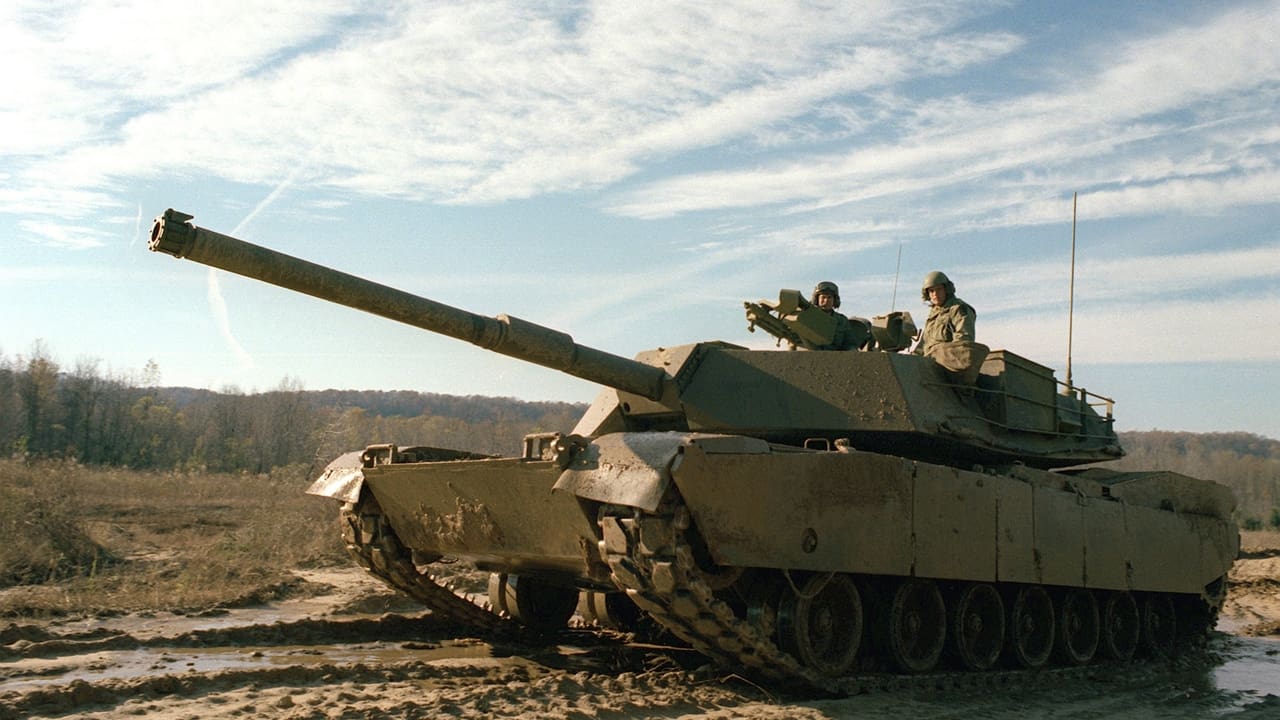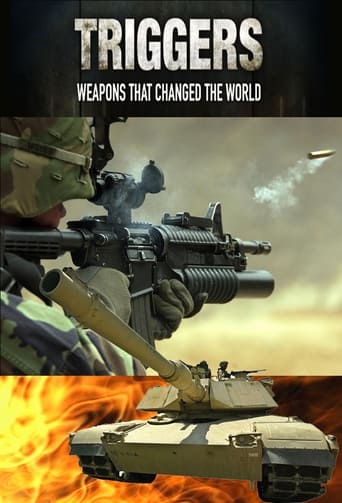Triggers: Weapons That Changed the World Season 2

Triggers: Weapons That Changed the World is an American television series that premiered on November 30, 2011 on the Military Channel. The program features former United States Army Ranger, United States Air Force Pararescueman and star of Military's hit series Special Ops Mission Wil Willis. In each episode, Willis tests a series of iconic firearms, from muskets and pistols to assault rifles and rocket-propelled grenades, and examines their historical significance. The premiere episode looks at the evolution of the handgun, going back to its earliest days on 16th century battlefields. Mike Tristano provided most of the weapons featured on the show. He is a fully licensed Master Armorer with over 25 years of experience and more than 400 film and television credits. The series was broadcast weekly in the UK on the Freeview channel Quest starting on Thursday 17 May 2012. The initial word of the title was dropped, giving the shorter form Weapons that Changed the World.
Watch NowWith 30 Day Free Trial!
Triggers: Weapons That Changed the World
2011 / TV-G
Triggers: Weapons That Changed the World is an American television series that premiered on November 30, 2011 on the Military Channel. The program features former United States Army Ranger, United States Air Force Pararescueman and star of Military's hit series Special Ops Mission Wil Willis. In each episode, Willis tests a series of iconic firearms, from muskets and pistols to assault rifles and rocket-propelled grenades, and examines their historical significance. The premiere episode looks at the evolution of the handgun, going back to its earliest days on 16th century battlefields. Mike Tristano provided most of the weapons featured on the show. He is a fully licensed Master Armorer with over 25 years of experience and more than 400 film and television credits. The series was broadcast weekly in the UK on the Freeview channel Quest starting on Thursday 17 May 2012. The initial word of the title was dropped, giving the shorter form Weapons that Changed the World.
Watch Trailer
With 30 Day Free Trial!
Triggers: Weapons That Changed the World Season 2 Full Episode Guide
The light machine gun launched mobile warfare by blending massive firepower with the portability of a rifle. We'll see the evolution of this revolutionary weapon from its use in World War I to its modern incarnation: the SAW or Squad Automatic Weapon.
The M1 Abrams Tank is the world's most potent armored vehicle. We'll track its development through such forerunners as the WWII-era M18 Hellcat and the Cold War-era Soviet T-55 tank and see why these "beast-boxes" have ruled ground warfare for decades.
The Special Operations Corp of the United States (USSOCOM) uses a variety of guns, among which are the H&K Mk23, the M1911A1, the Glock 19 and the H&K P11.
The Gatling gun is one of the best known early rapid-fire weapons, invented by Richard Gatling, known for its use by the Union forces during the American Civil War. The Gatling gun's operation centered on a cyclic multi-barrel design which facilitated cooling and synchronized the firing/reloading sequence. Another multi-barrel design is the hydraulically-driven GAU-8 Avenger 30 mm cannon, carried on the A-10 Thunderbolt II (Warthog) attack aircraft.
A combat shotgun is a shotgun that is intended for use in an offensive role. The development of the repeating pump action shotguns in the 1890s led to their use by US Marines in the Philippines insurrections, but the modern concept of the combat shotgun was fully developed by the American Expeditionary Forces during World War I. The shotgun was used by Allied forces and Allied supported partisans in all theaters of combat in World War II.
The M2 Machine Gun or Browning .50 Caliber Machine Gun, is a heavy machine gun designed towards the end of World War I by John Browning. It is very similar in design to Browning's earlier M1919 Browning machine gun. It has been used extensively as a vehicle weapon and for aircraft armament by the United States from the 1920s to the present.
Free Trial Channels
Seasons


























